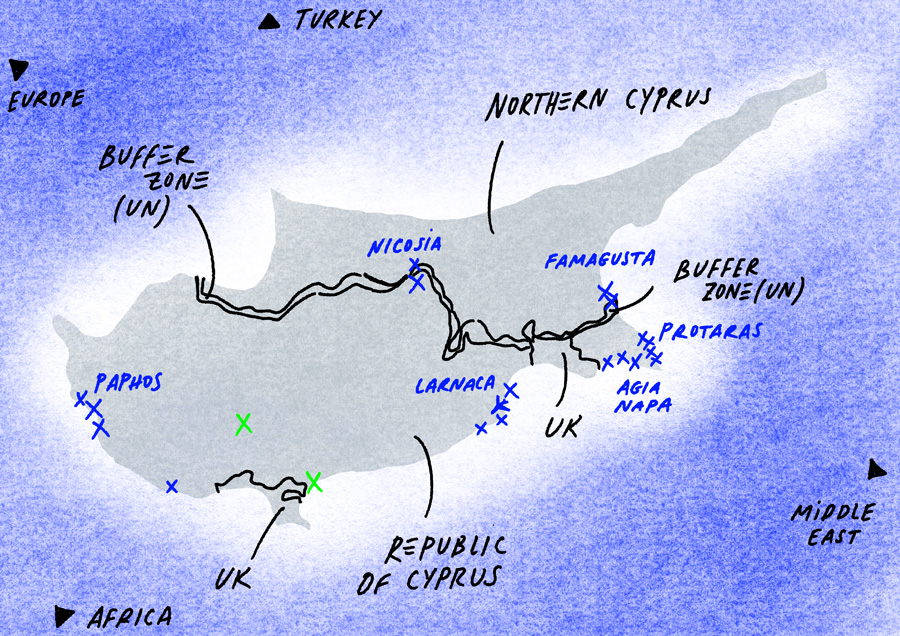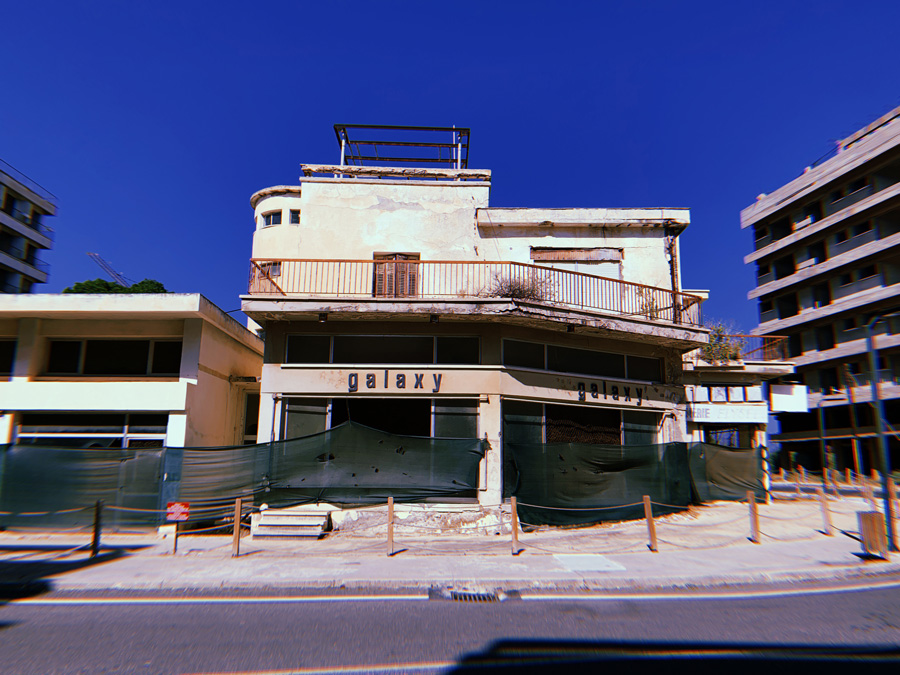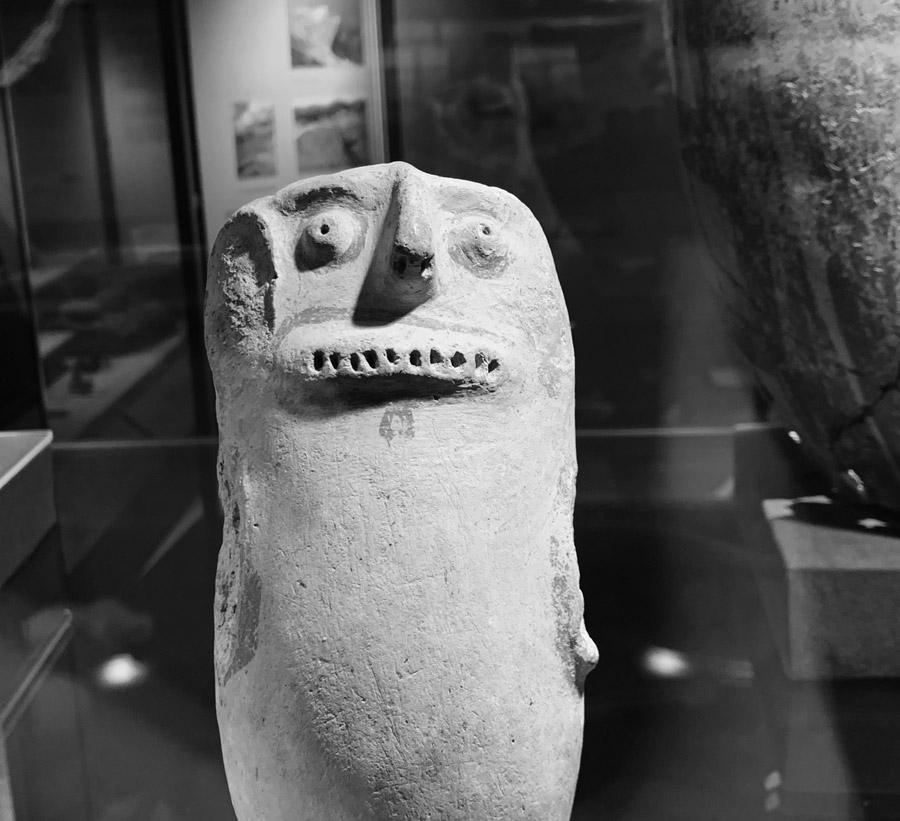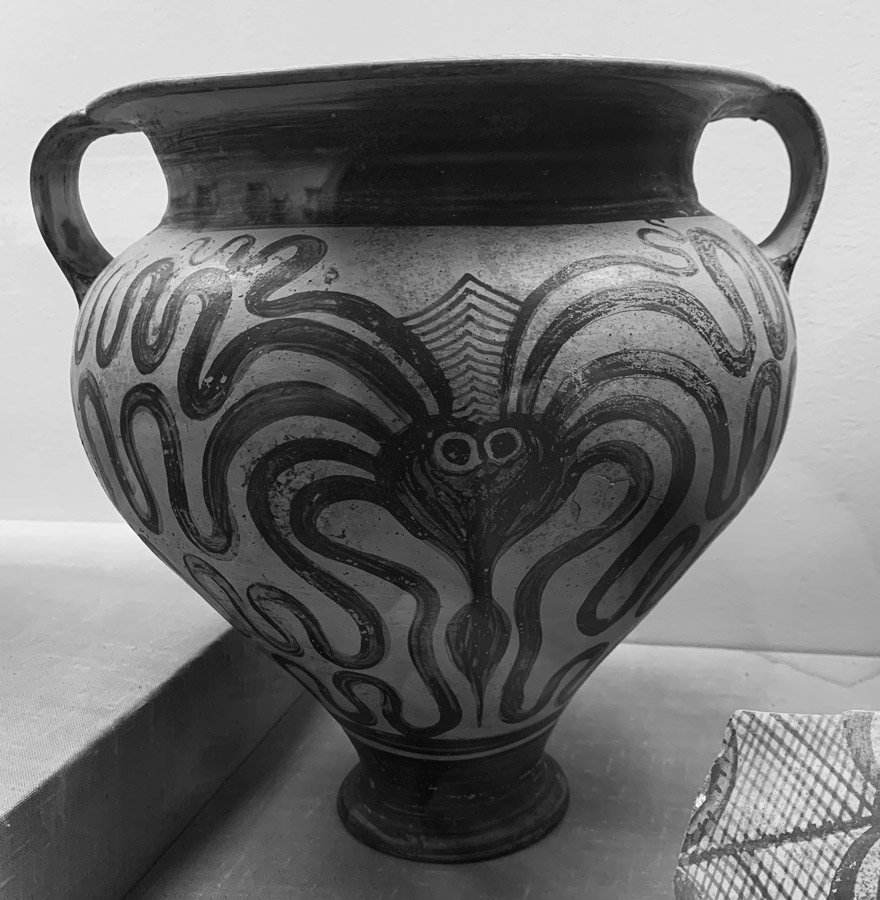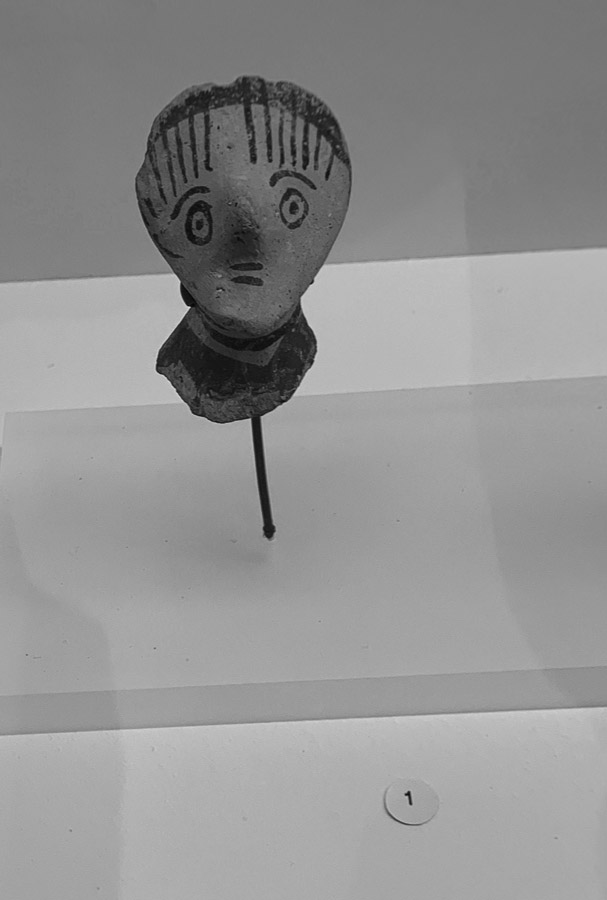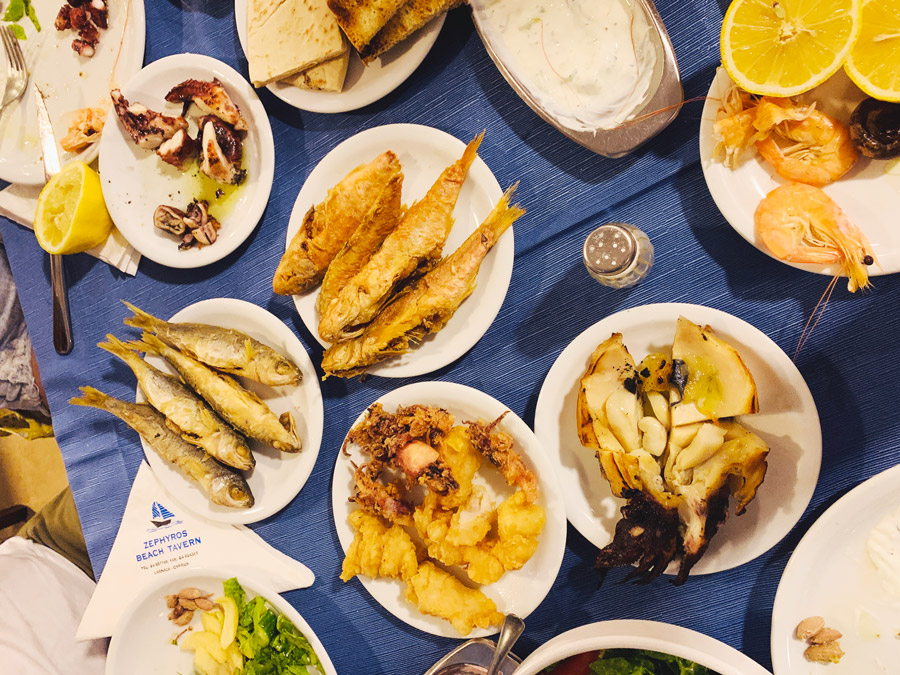Cyprus at first glance: Difference between revisions
m (→_food & drinks) |
|||
| (9 intermediate revisions by the same user not shown) | |||
| Line 8: | Line 8: | ||
=== <span style="color: white; font-family: Menlo; text-decoration:none; background-color: #0033ff; padding-top: 0.1vw; padding-bottom: 0.1vw; padding-left: 0.1vw; padding-right: 0.2vw;"> _location</span>=== | === <span style="color: white; font-family: Menlo; text-decoration:none; background-color: #0033ff; padding-top: 0.1vw; padding-bottom: 0.1vw; padding-left: 0.1vw; padding-right: 0.2vw;"> _location</span>=== | ||
[[File:Cyprus-map.jpg|thumb|where i've been // as of 11-09-2023]] | |||
Somewhere between Europe, Asia and Africa. A hot island with a lot of dust and sand. But not a desert. An oasis? | Somewhere between Europe, Asia and Africa. A hot island with a lot of dust and sand. But not a desert. An oasis? | ||
=== <span style="color: white; font-family: Menlo; text-decoration:none; background-color: #0033ff; padding-top: 0.1vw; padding-bottom: 0.1vw; padding-left: 0.1vw; padding-right: 0.2vw;"> _unraveling the map </span>=== | |||
'''work in progress...''' | |||
'''_Famagusta's Varosha district''' | |||
[[File:Varosha-1.jpg|frameless|400px]] | |||
Before 1974, Varosha was the modern tourist area of the Famagusta city. Its Greek Cypriot inhabitants fled during the Turkish invasion of Cyprus in 1974, when the city of Famagusta came under Turkish control, and it has remained abandoned ever since. In 1984 a U.N. resolution called for the handover of the city to UN control and said that only the original inhabitants, who were forced out, could resettle in the town. Entry to Varosha was opened to civilians in 2017. | |||
'''// highlights:'''<br> | |||
_at the entrance you can rent a very old and barely working bike against your ID card. There were a few left, but none could work for me - never thought I would complain about a bike being too small for me xD <br> | |||
_it's a ghost town turned into a tourist attraction, but there's something off... <br> | |||
_tba<br> | |||
=== <span style="color: white; font-family: Menlo; text-decoration:none; background-color: #0033ff; padding-top: 0.1vw; padding-bottom: 0.1vw; padding-left: 0.1vw; padding-right: 0.2vw;"> _weather+ </span>=== | |||
'''_darkness''' | |||
Beach-ing every day after work? Absolutely, that is one of the best things when living on an island all the time. We tried that: one of the nearest beaches to Nicosia is around 50 min by car. We did it last week and this week. And then I noticed: wow, the sunset happened much earlier than 10 days ago! I started googling - daytime in Cyprus is way more different than the other countries I've lived before. While in Sofia, for instance, in Summer there is daylight until 21 h, here at the same time it's getting darker more than an hour earlier. In Rotterdam, of course the summer days are even longer. But in December everywhere I've been (understand Europe) it's getting dark at around 16:30 h. The difference is that the contrast is much bigger than in Cyprus - the longest days in June have sunlight only until 20:00 h. | |||
▶▶ source: [https://www.timeanddate.com/sun/cyprus/nicosia?month=6&year=2023 time and date] | |||
=== <span style="color: white; font-family: Menlo; text-decoration:none; background-color: #0033ff; padding-top: 0.1vw; padding-bottom: 0.1vw; padding-left: 0.1vw; padding-right: 0.2vw;"> _museums in Cyprus </span>=== | === <span style="color: white; font-family: Menlo; text-decoration:none; background-color: #0033ff; padding-top: 0.1vw; padding-bottom: 0.1vw; padding-left: 0.1vw; padding-right: 0.2vw;"> _museums in Cyprus </span>=== | ||
| Line 76: | Line 98: | ||
▶▶ source: [https://www.visitcyprus.com/index.php/en/discovercyprus/gastronomy/local-produce/295-mezedes VisitCyprus.com] | ▶▶ source: [https://www.visitcyprus.com/index.php/en/discovercyprus/gastronomy/local-produce/295-mezedes VisitCyprus.com] | ||
Seeing and experiencing how people eat and drinks tell a lot about the local culture. With this first glance here, I see an endless feast here and people love to take the time to enjoy each other's company - no matter if it's over a ''mezedes'' or a cold ''freddo'' coffee. In a country where tourism is the main trade and over 300 sunny days, I understand why it's like that. So much for my productivity :D | Seeing and experiencing how people eat and drinks tell a lot about the local culture. With this first glance here, I see an endless feast here and people love to take the time to enjoy each other's company - no matter if it's over a ''mezedes'' or a cold ''freddo'' coffee. In a country where tourism is the main trade and there are over 300 sunny days, I understand why it's like that. So much for my productivity :D | ||
Latest revision as of 21:06, 11 September 2023
I am spending almost 2 months in Cyprus - August and September. The hottest months of the year here. An endless Summer vacation. An island. A place somewhere between Europe, Asia and Africa. Here are some highlights I would like to keep in handy for later.
_location
Somewhere between Europe, Asia and Africa. A hot island with a lot of dust and sand. But not a desert. An oasis?
_unraveling the map
work in progress...
_Famagusta's Varosha district
Before 1974, Varosha was the modern tourist area of the Famagusta city. Its Greek Cypriot inhabitants fled during the Turkish invasion of Cyprus in 1974, when the city of Famagusta came under Turkish control, and it has remained abandoned ever since. In 1984 a U.N. resolution called for the handover of the city to UN control and said that only the original inhabitants, who were forced out, could resettle in the town. Entry to Varosha was opened to civilians in 2017.
// highlights:
_at the entrance you can rent a very old and barely working bike against your ID card. There were a few left, but none could work for me - never thought I would complain about a bike being too small for me xD
_it's a ghost town turned into a tourist attraction, but there's something off...
_tba
_weather+
_darkness Beach-ing every day after work? Absolutely, that is one of the best things when living on an island all the time. We tried that: one of the nearest beaches to Nicosia is around 50 min by car. We did it last week and this week. And then I noticed: wow, the sunset happened much earlier than 10 days ago! I started googling - daytime in Cyprus is way more different than the other countries I've lived before. While in Sofia, for instance, in Summer there is daylight until 21 h, here at the same time it's getting darker more than an hour earlier. In Rotterdam, of course the summer days are even longer. But in December everywhere I've been (understand Europe) it's getting dark at around 16:30 h. The difference is that the contrast is much bigger than in Cyprus - the longest days in June have sunlight only until 20:00 h. ▶▶ source: time and date
_museums in Cyprus
★ The Cyprus Museum [Nicosia]
The Cyprus Museum is the island’s main and largest archaeological museum, and charts the development of Cyprus’ civilisation from the Neolithic Age to the Early Byzantine period (7th century).
▶▶ source: the museum's website
// practicalities:
_entrance and audio guide are free [as of August 2023]
_the audio guide is a necessity - at some point, there are no descriptions of the artefacts, so you basically are lost without it [in case you want to know what are you looking at]
// highlights:
_faces - as a person who is somewhat obsessed with faces [I often carry a marker in my bag to bomb some places & objects which need a little push to become cute faces], I absolutely loved looking at a great selection of ancient figures with cute faces
_octopus - a recurring illustration on pottery to absolutely love and get inspired by; mainly from around 13C. b.c.
_the 1/3 excavation rule - in 1929, The Swedish Cyprus Expedition investigated the archaeology of the early history of Cyprus. During this project, the Sanctuary of Ayia Irini was excavated where 2000 terracotta figures were found. The practice at the time was the following: 1/3 go to the owner of the land, 1/3 to the local Government and 1/3 to Sweden. A similar situation goes with other expeditions as we well know. However, seeing some photos of artefacts kept in Sweden, UK and Germany, not all the 1/3rds are equal, of course.
★ Archaeological Museum of the Larnaka District [Larnaka]
The Archaeological Museum of the Larnaka District was initially housed in a room of the Saint Lazarus Church. In 1948 the collection was moved to the city's Ottoman period castle and in 1969 the current Museum was established. In 2022 the museum's exhibition was upgraded. Wing I is dedicated to the Prehistory and Proto-history of the Larnaka town and District with the Pre-Pottery Neolithic, Pottery Neolithic, Early-Middle Bronze Age and Late Bronze Age represented.
▶▶ source: the museum's website
// practicalities:
_it's a very cute, small, recently renovated museum
_there is an even cuter cleaning robot that goes around the exhibition with you
_another museum with free entry
_some of the artefacts are placed outside - thus, if you want to see everything, don't go on a hot summer day
// highlights:
_more faces - because of course some artefacts are also on display here :)
_and more figures from the Chalcolithic period - I found them most exciting and interesting to look at
_here you can also see some sarcophagi
_you can also see all sorts of vessels for food and drinks from the earliest times people were drinking; somehow wine and olive oil were also favourites, such a long time ago... some things never change :)
_of course, the cleaning robot was a highlight! Is it the museum's keeper? An artefact as well? Part of the exhibition? Everything at once?
_food & drinks
Once cannot simply go to a new place and not pay attention to the food and the drinks...
★ anise drinks
Strange drink.
- This is what our waiter at the bar said to me when I ordered ouzo. He is a refugee from Afghanistan. He used to be a journalist and work with NATO. He spent 40+ days in the refugee camp nearby Nicosia and that is why he doesn't connect the city with good memories, it was really hard for him there. Now he is working at a bar in Larnaka. And he's working every day. He doesn't like being a refugee at this active age, because he believes this is the time when you need to work and do things to change, improve and support your country, community, and family.
I started cultivating my love for anise drinks mainly in 2020 after I had a severe gastro disease. During the pandemic, my routine of eating and sleeping got really bad and resulted in the strongest pain in my gullet - I couldn't find a laying position without a feeling of having a pipe in my stomach. Afterwards, 6 months only on rice, potato puree, and a few grilled veggies. And ouzo. It helped me stay sane, for real. :) Why anise? It is something that in alcohol drinks hurts your guts the least, sometimes it even has a good effect.
It is a long story to explain to someone who finds anise drinks weird. Why would anyone like to drink anything like that if you have all the other alcoholic drinks out there? Unless you're either used to it from your local culture, of course. Ouzo in Greece and Cyprus, Mastika in the Balkans, and many other types in the Mediterranean countries + some other southern places. But from my experience, not everyone from those places likes to drink anise-based beverages.
★ fish meze
If you ask me to describe what fish meze is, I would say:
When ultra-delicious appetizers, seafood and fish keep coming to your table.
This is basically how I imagined the food in the Netherlands before moving there. Somehow being the first country I connect to water and sea in my head, I imagined fish would be a big deal there. I didn't find this side of it there, but I definitely found such a treat on the island of Cyprus.
This large feast, which has been a popular part of the Cypriot culture for many centuries, is more of a social event than a formal meal, with many dishes shared around the table with family and friends.
▶▶ source: VisitCyprus.com
Seeing and experiencing how people eat and drinks tell a lot about the local culture. With this first glance here, I see an endless feast here and people love to take the time to enjoy each other's company - no matter if it's over a mezedes or a cold freddo coffee. In a country where tourism is the main trade and there are over 300 sunny days, I understand why it's like that. So much for my productivity :D
